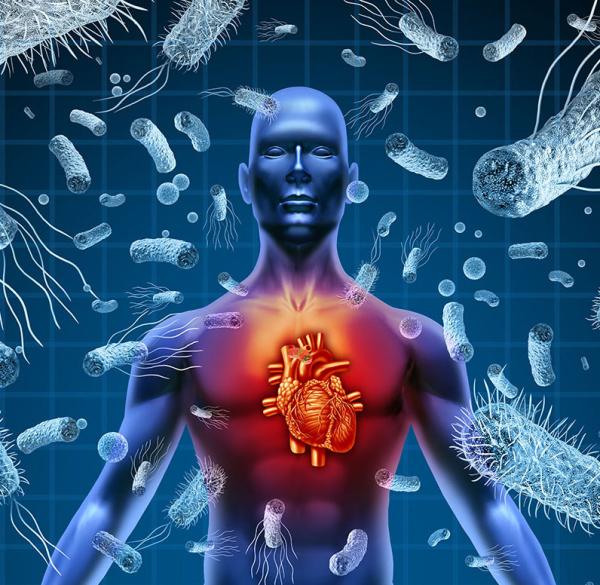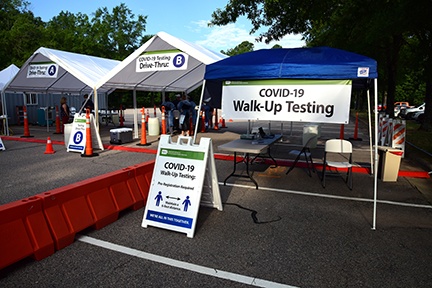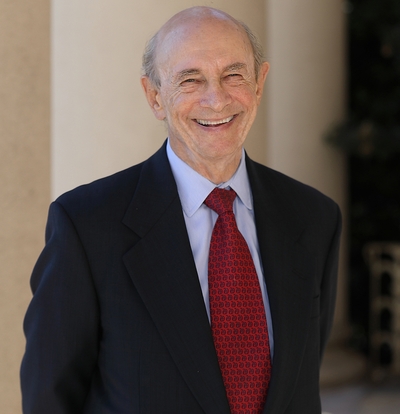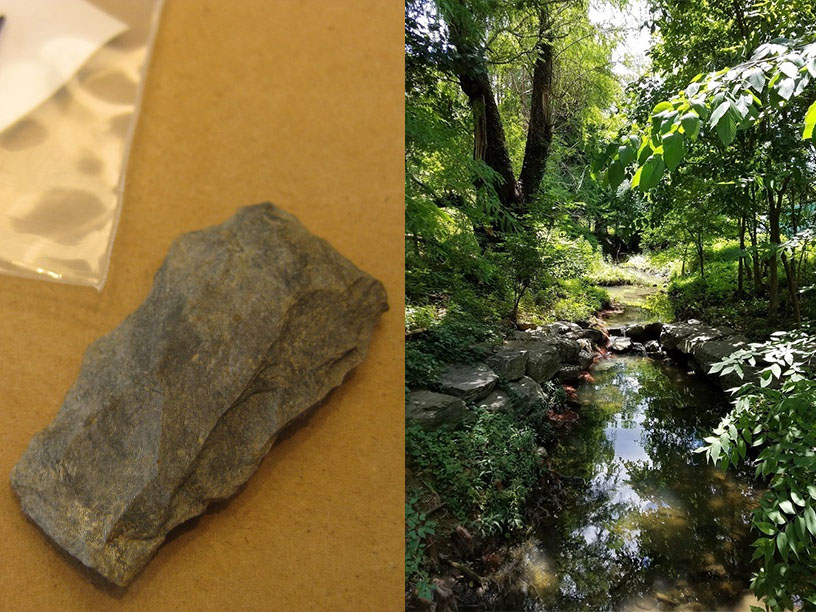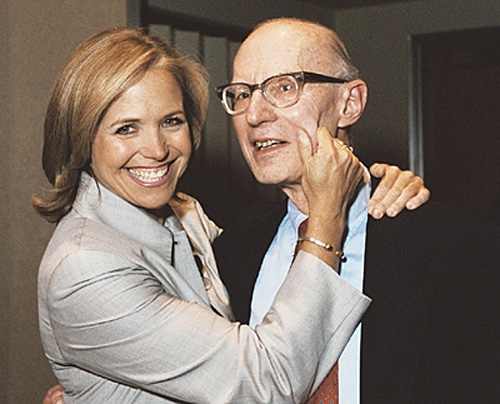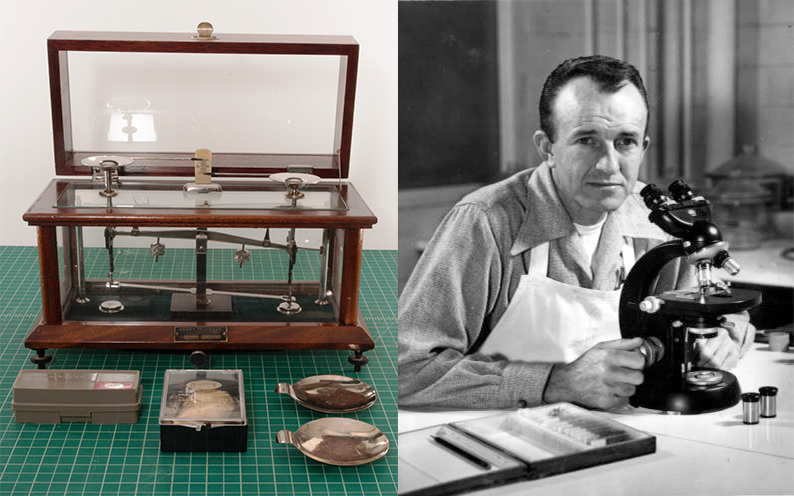Helping the Heart Stand Up to Sepsis
NIH Researcher Explores Why Some Survive Infection-Induced Organ Damage
“When you have eliminated the impossible, whatever remains, however improbable, must be the truth.” That line from Arthur Conan Doyle’s Sherlock Holmes can be applied to mysteries of all sorts, including the ones scientists toil away in their labs to solve. When it comes to solving the many mysteries of sepsis — a life-threatening immune over-reaction to an uncontrolled infection — the process of elimination is leading us closer to answers, thanks to researchers at the NIH Clinical Center.
Sepsis — also known as septic shock in its most severe form — occurs when the body’s immune system kicks into overdrive to fight a severe infection. Unfortunately, rather than just attacking the harmful invaders, the immune system releases chemicals that, when present in excess, cause intense, tissue-damaging inflammation and impair organ function. In recognition of Sepsis Survivors Week, we spoke with IRP Senior Investigator Charles Natanson, M.D., about two of the great mysteries of sepsis: how does sepsis cause organ failure in the first place, and why do some people survive it while so many others die?

